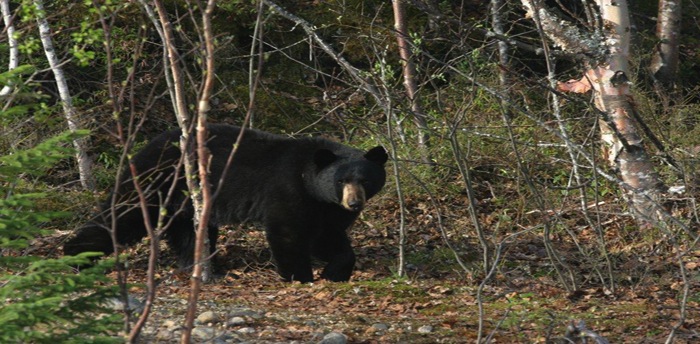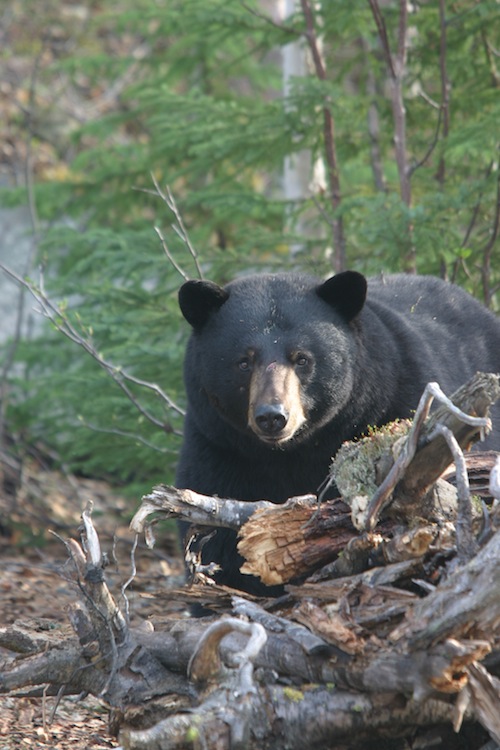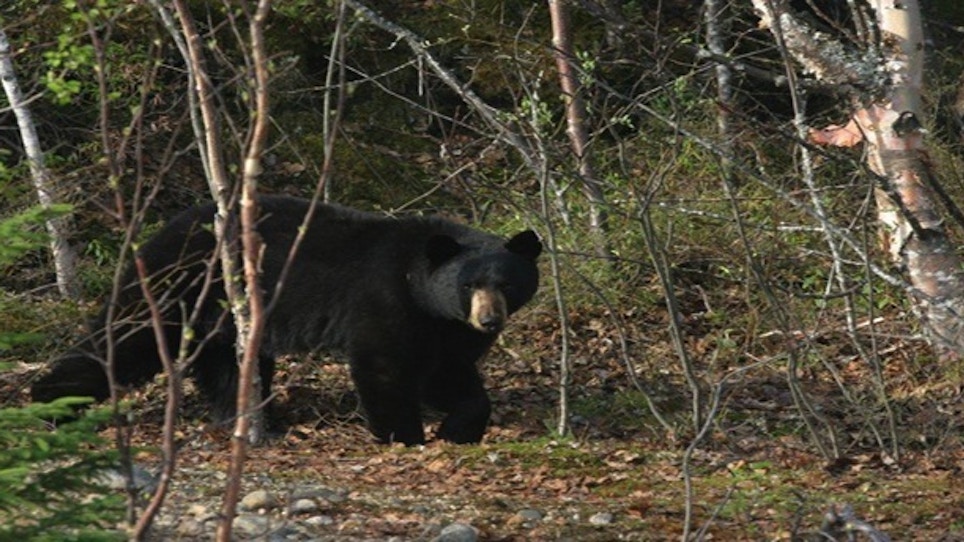 The first time I called in a black bear wasn't in the spring, but it gave me the confidence that I could call a bear in anytime and anywhere. It was September and the elk rut was roaring. I'd eased out onto a rocky outcropping to cow call and see if any interested bulls would respond below. None did, but within minutes I spotted a milk chocolate sow and her cub ambling my way 600 yards in the distance. A few minutes later I spied them again as they flanked my position in the adjacent timber. I thought their appearance was a fluke. I was wrong.
The first time I called in a black bear wasn't in the spring, but it gave me the confidence that I could call a bear in anytime and anywhere. It was September and the elk rut was roaring. I'd eased out onto a rocky outcropping to cow call and see if any interested bulls would respond below. None did, but within minutes I spotted a milk chocolate sow and her cub ambling my way 600 yards in the distance. A few minutes later I spied them again as they flanked my position in the adjacent timber. I thought their appearance was a fluke. I was wrong.
Minutes later the pair popped up 15 yards behind me effectively cutting off my escape from the rocky ledge. They definitely came to the call because clamoring up the rocks was a road to nowhere. Would they charge and if so, would I have to dive off the rocks with an almost zero chance of surviving the fall?
Fortunately the bears looked me over and turned as if they didn't like the sight of the scrawny meal before them. After a few minutes of unwinding it hit me. I had just called in my first black bear.
Why call spring black bears? First, as more and more individuals add their two cents into wildlife management, fewer and fewer opportunities exist for hunting black bears in traditional manners such as over bait or behind a dog. Look to California, Colorado and Montana for starters. Second, even if bait or dogs are legal in your wilderness neighborhood the time involved with keeping a bait active or maintaining a pack of hounds for a brief window of opportunity requires downright Secret Service-like dedication. Lastly, consider the "wow" factor. Having a bear show up at a bait or meeting up with a bruin after a marathon run behind a pack of dogs sparks an adrenaline rush. However, consider having a black bear stalk you thinking it's about to come face to face with its next meal. If that experience doesn't give you goose bumps then I suggest a garage sale to sell your hunting equipment.

1. Scout for high-density bear country. Visit with a local biologist for up-to-date details. In the fall bears gravitate toward lower altitude for berries and crop options. In the spring bears first look for grass to jumpstart their digestion and then meat is high on the list.
2. Go with a partner. Not all bears are bold when they come to a call, but do you really want to find out without backup? Have a partner watch the backdoor while you focus on the front door.
3. Watch the downwind alley. Like all predators, bears like to circle for a downwind confidence boost, but they may ignore the wind if they're the biggest Boo-Boo in the woods.
4. Focus on big prey. Spring black bears are hungry as they emerge from winter dens so use elk-calf-distress calls in the West and fawn distress in the East. Anything will work, but these represent "Hungry Man" meals.
5. Watch bear reaction. If a young bear approaches and suddenly bolts it may mean Mr. Big is about to hit the scene.
Next time anyone asks you what can predator hunters pursue in the spring, tell them to super-size and try black bears.






